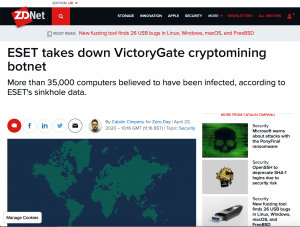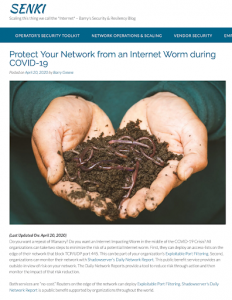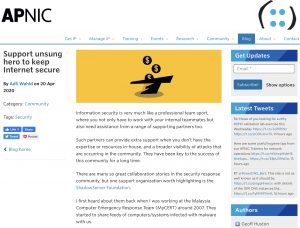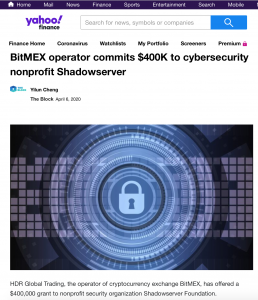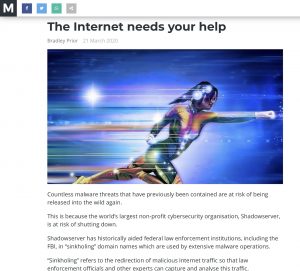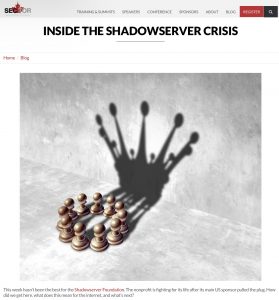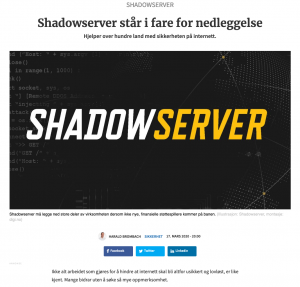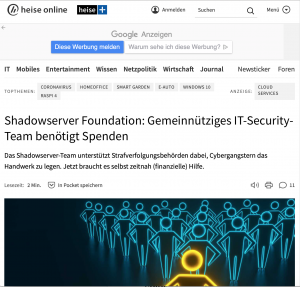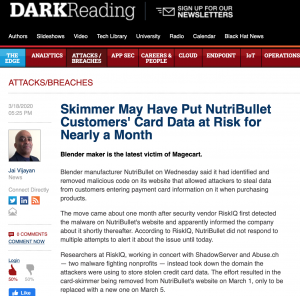Sector CA, March 20, 2020
This week hasn’t been the best for the Shadowserver Foundation. The nonprofit is fighting for its life after its main US sponsor pulled the plug. How did we get here, what does this mean for the internet, and what’s next? Shadowserver began in 2004 as a purely voluntary initiative started by Nicholas Albright. Furious to discover that cybercriminals had infected his recently-deceased father’s computer with botnet malware, he worked with ISPs to shut the criminal network down, and Shadowserver was born. Now, it’s a multinational non-profit with full-time staff doing the same thing that Albright did when he first began – gathering information and delivering it to organizations that can make a difference. That includes 107 national CERTs in 136 countries, and over 4,600 network owners ranging from ISPs to hosting companies, universities, and banks.
Now, Shadowserver faces an existential threat after Cisco, which is its largest US sponsor, pulled its funding. This is a big deal, because Cisco contributes 95% of Shadowserver’s US money. Perlotto doesn’t blame Cisco at all. “Cisco done a great job,” he says. “Everything we do while we provide our services for free, there’s still a cost associated with it. And Cisco’s been paying that bill for the whole internet for 15 years”
The internet is a part of the critical national infrastructure, and nowhere is that more clear than during a health crisis like the one we face now, where people rely on it for critical information and services while they self-isolate. The US government refers to the internet explicitly in its list of CNI sectors, which include the communications and IT industries.


